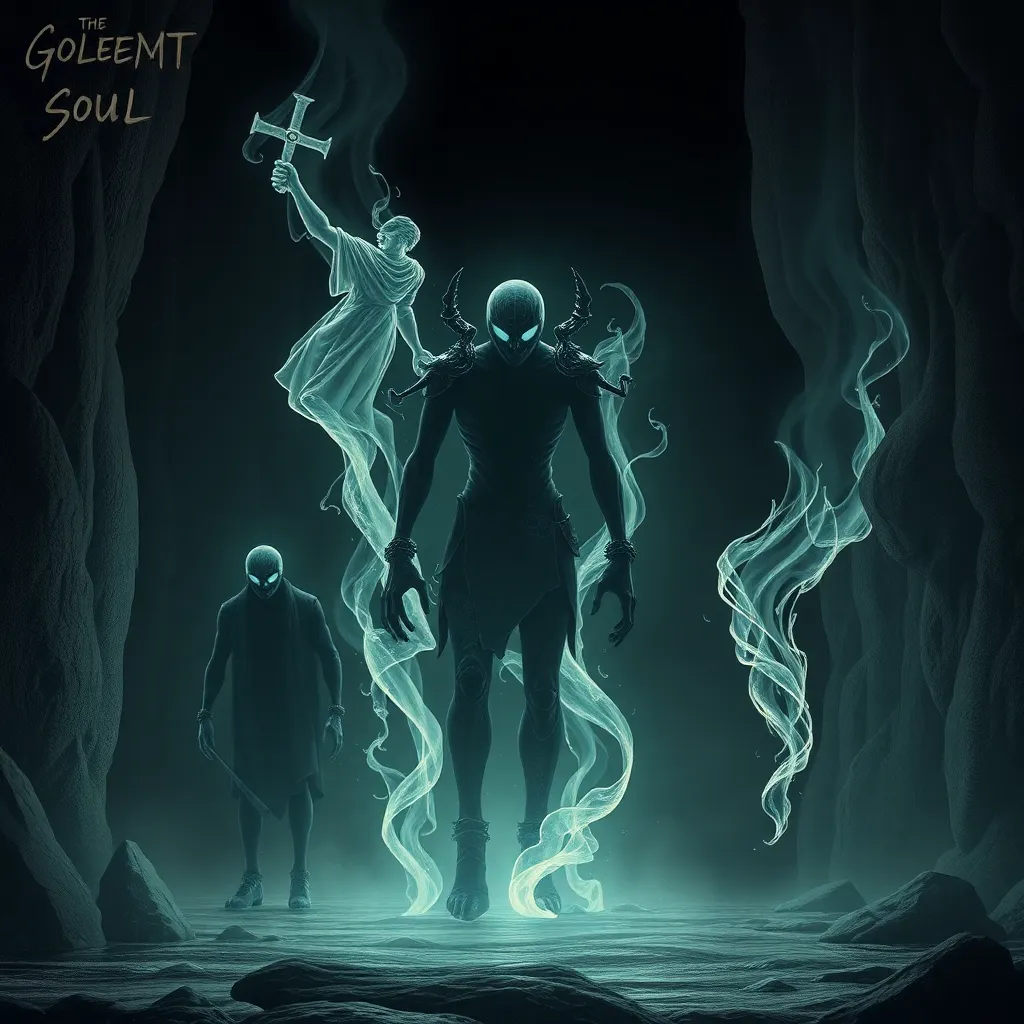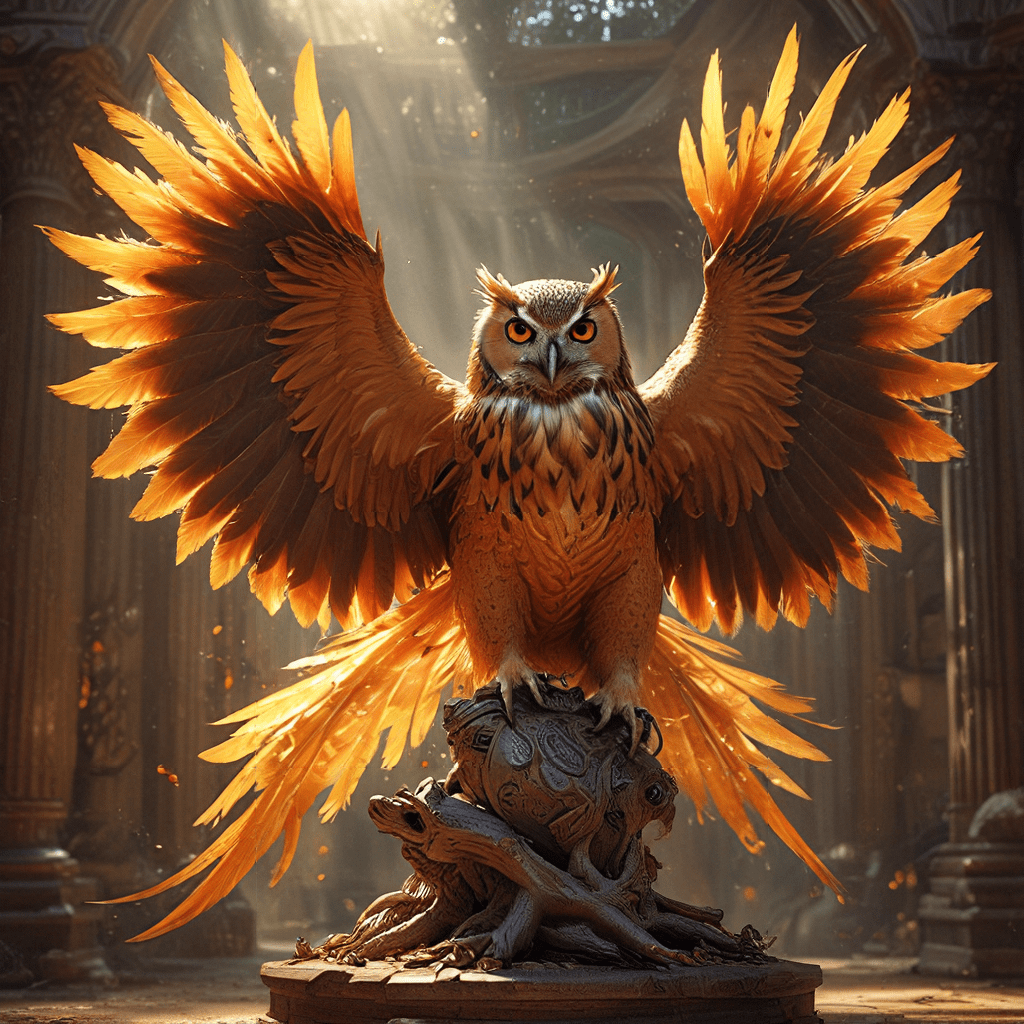The Golem’s Soul: Examining the Spiritual Dimensions of the Golem Myth
I. Introduction
The Golem myth is a fascinating narrative deeply rooted in Jewish folklore and culture. It tells the story of a creature made from clay, imbued with life through mystical means. The Golem serves as a powerful symbol of creation, humanity, and the complexities of existence. Exploring the spiritual dimensions of this myth is crucial for understanding not only its historical context but also its implications for contemporary society.
This article aims to delve into the various spiritual aspects of the Golem myth, examining its origins, interpretations, and the moral questions it raises about creation and autonomy. By analyzing the Golem’s narrative, we uncover layers of meaning that resonate with human experiences throughout history and in modern spirituality.
II. Historical Context of the Golem Myth
The Golem’s origins can be traced back to Jewish folklore, particularly in the medieval period. The most famous Golem narrative centers around Rabbi Judah Loew of Prague, who is said to have created a Golem to protect the Jewish community from anti-Semitic threats.
- Origins in Jewish Folklore: The earliest references to Golems appear in the Talmud, describing the creation of a being from earth.
- Key Figures and Texts: Important texts include the “Sefer HaRazim” and the “Tikkunei Zohar,” which describe magical practices and the use of divine names in creation.
- Cultural Symbol: Throughout history, the Golem has evolved into a symbol of Jewish resilience and the struggle against oppression.
III. The Concept of Creation and Life
The creation of a Golem is a complex process involving clay, divine names, and mystical rituals. This act of creation raises profound philosophical questions about life and existence.
- The Process of Golem Creation: Traditionally, the Golem is fashioned from clay and brought to life through the inscribing of sacred names on its body.
- Philosophical Implications: The act of creating life artificially prompts discussions about what it means to be alive and the ethical boundaries of creation.
- Creator-Creation Relationship: The dynamic between the creator and the Golem reflects broader themes of responsibility, control, and autonomy.
IV. The Spiritual Significance of the Golem
The Golem transcends its role as a mere creation; it embodies various spiritual themes that resonate deeply with human experiences.
- Metaphor for the Human Soul: The Golem represents the human struggle for identity, purpose, and the quest for meaning in life.
- Themes of Protection and Revenge: Golem narratives often highlight the dual nature of power—its ability to protect versus its potential for destruction.
- Reflection of Human Fears and Desires: The Golem serves as a mirror for our anxieties about creation, loss of control, and the consequences of our actions.
V. The Role of the Creator in the Golem Myth
The creator, often depicted as Rabbi Loew, plays a pivotal role in the Golem myth, raising questions about ethical responsibility and the consequences of creation.
- Rabbi Loew’s Ethical Responsibilities: The creator must navigate the moral implications of bringing a being to life, reflecting on the potential for harm.
- Consequences of Playing God: The Golem’s existence challenges the creator’s authority, highlighting the dangers of overstepping human limitations.
- Creator’s Intentions vs. Golem’s Autonomy: The relationship between the creator and the Golem reveals tensions between intention and the autonomy of the created being.
VI. The Golem and the Divine
The Golem’s connection to the divine is an essential aspect of its mythos, exploring themes of spirituality and authority.
- Connections to Spiritual Beings: The Golem is often viewed as a bridge between the human and the divine, embodying the intersection of physical and spiritual realms.
- Relationship with God: The Golem’s existence raises questions about divine authority and the nature of creation.
- Faith and Spirituality: Golem stories underscore the importance of faith and the role of spirituality in the act of creation and protection.
VII. Modern Interpretations and Adaptations
The Golem myth continues to evolve, finding relevance in contemporary literature, film, and spiritual discourses.
- In Contemporary Literature and Media: The Golem has been reinterpreted in various forms, from novels to movies, often reflecting modern societal issues.
- Ongoing Relevance in Spirituality: The Golem serves as a symbol of protection and resilience, resonating with spiritual seekers today.
- Diverse Interpretations Across Cultures: Different cultures and religions have adopted the Golem myth, enriching its narrative and expanding its significance.
VIII. Conclusion
In summary, the Golem myth offers profound insights into the spiritual dimensions of creation, identity, and the human experience. As we explore the layers of this narrative, we uncover the complexities surrounding the act of creation and the responsibilities it entails.
The Golem’s legacy continues to inspire discussions about the ethical implications of creation, the relationship between creator and creation, and the ongoing quest for meaning in our lives. Ultimately, the Golem serves as a powerful reminder of the intersection of mythology, spirituality, and the human condition.




